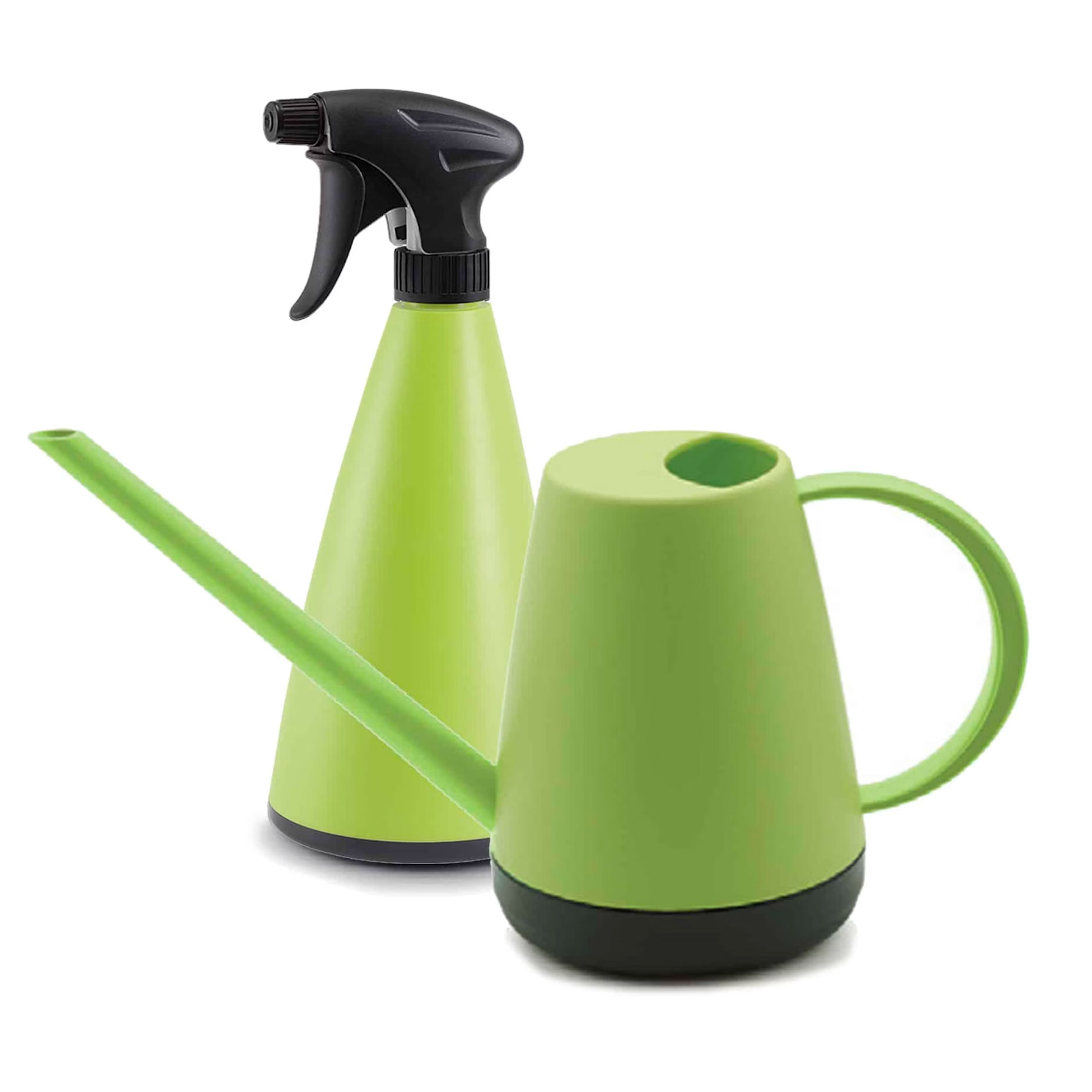Why Choose Plugs For Plants? 3 Benefits Of Using Plug Plants For Beds, Baskets And Edibles
Ever thought of growing plugs for plants and wondered whether it was worth it? We reveal the key reasons why they can help you with your growing ambitions this year
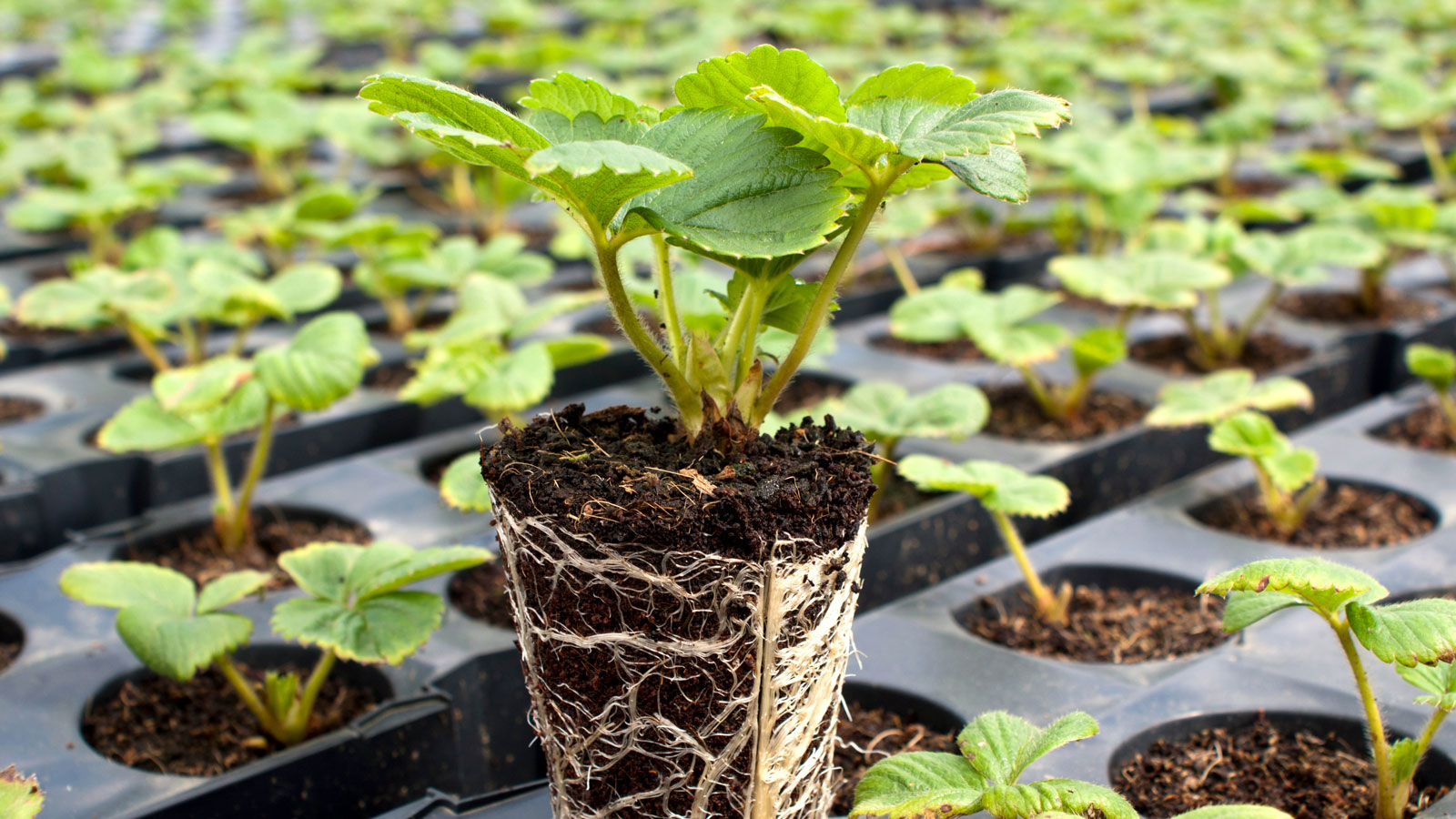
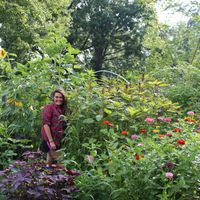
Janey Goulding
You will often hear of growers using plugs for plants – they are often mentioned as an alternative to growing from seed. Purchasing plugs for plants is a good option if you’re hoping to establish a garden bed quickly. A healthy garden starts at planting time – and although the seeds of many species can be sown directly into prepared beds, the seedlings of some plants often require more specialized care. This is especially true for various types of perennials and shrubs.
Knowing when to start seeds indoors and outdoors is an invaluable skill – but taking a chance on plugs could very well boost your growing power. Here are the key reasons for planting plugs, and why you can benefit from using them in your garden.
Choosing to Use Plugs for Plants
What is a plant plug, exactly? Basically, plant plugs are small plants started in large numbers in cell trays, either as seedlings or plant cuttings. Seedling plugs allow growers to ‘skip’ the germination stage, which can often be time-consuming and sometimes uncertain. The process of plug planting involves transplanting young plant starts to their new home once they have reached an adequate size.
Growing plants from plugs is often useful in the production of bedding annuals and the establishment of larger perennial gardens. But what are the main benefits of using plugs as opposed to, say, starting plants from seed? Here are three key reasons to opt for plugs when growing.
1. Great for Space Saving
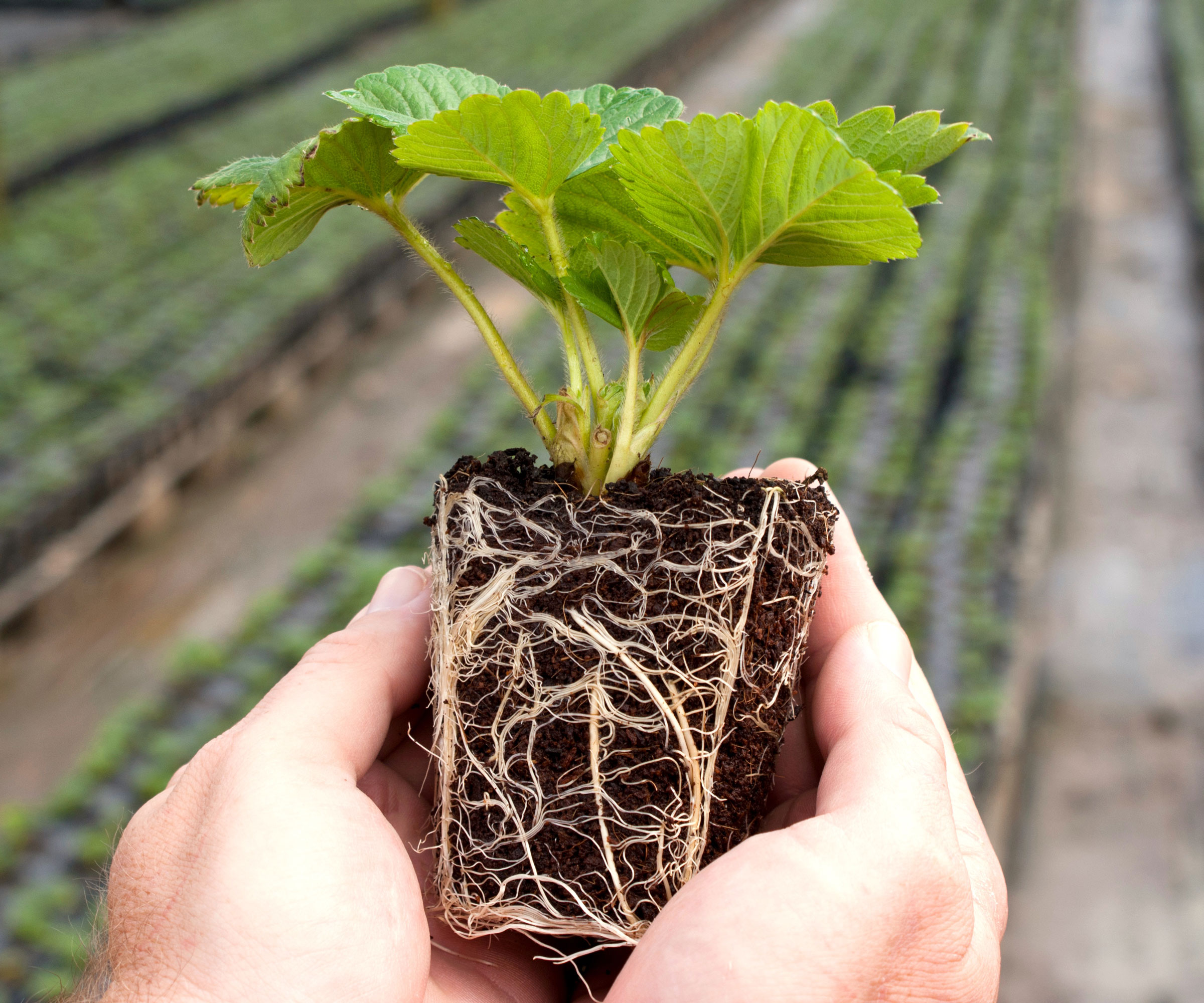
If you’re short on seed starting space, you may find it helpful to purchase plugs in the spring. Plug trays tend to take up less space than multiple rows of containers used for starting plants from seeds. Using cell trays allows young plants to develop strong, robust root systems in close quarters. You will often be able to see at a glance how well developed those root systems are, as well as a plant’s overall lushness and vitality.
Healthy plant plugs should pop out of plant trays easily without damage. After removing them from their cells, small plug plants should be easily transplanted into growing beds with minimal effort. For anyone keen to cultivate multiple plants in a modest or minimal growing space, plugs offer a logical way to start things off.
2. Help to Save You Time
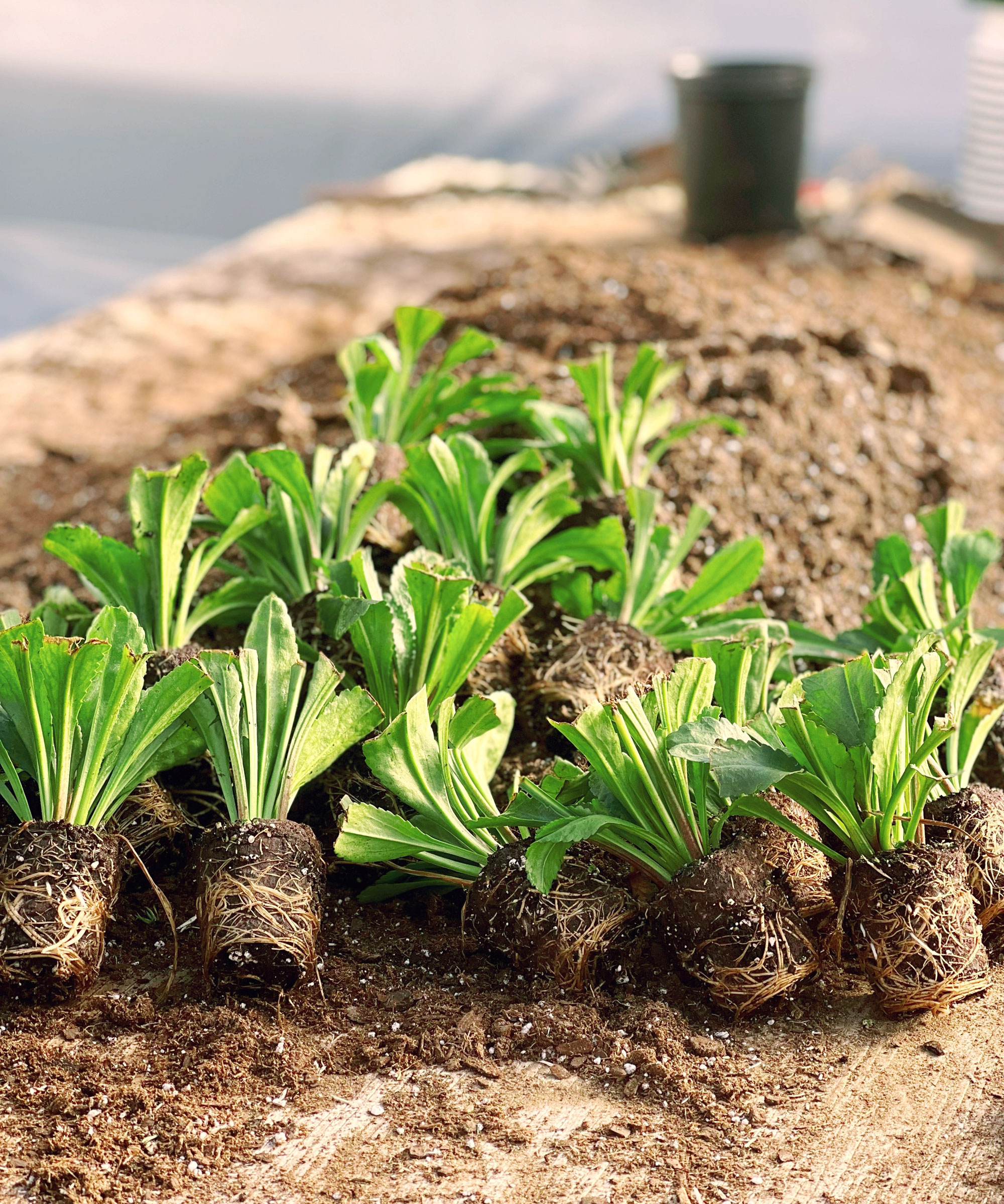
Even with the best intentions at the start of the growing season, we can all get caught short and lose track of time. This is certainly true if we have a broad group of ornamental and edible projects to oversee. Certain popular plants require a very long growing time, and depending on a variety of factors (such as weather and availability of seeds), we may find that we are already running a little behind by the time we reach for the seed packets. The likes of brassicas, leeks, eggplants and peppers, for example, all benefit from a long growing and harvesting season.
For people looking for faster results as summer hits the ornamental garden, many bedding and container annuals can also develop faster for being started as plugs. However, while growing from plugs can save time at the beginning of the growing process, just bear in mind that many types of seedlings benefit from hardening off before being moved into the garden. Keep them moist and follow the cultural suggestions provided with the plants’ trays.
3. Allow for Wider Variety
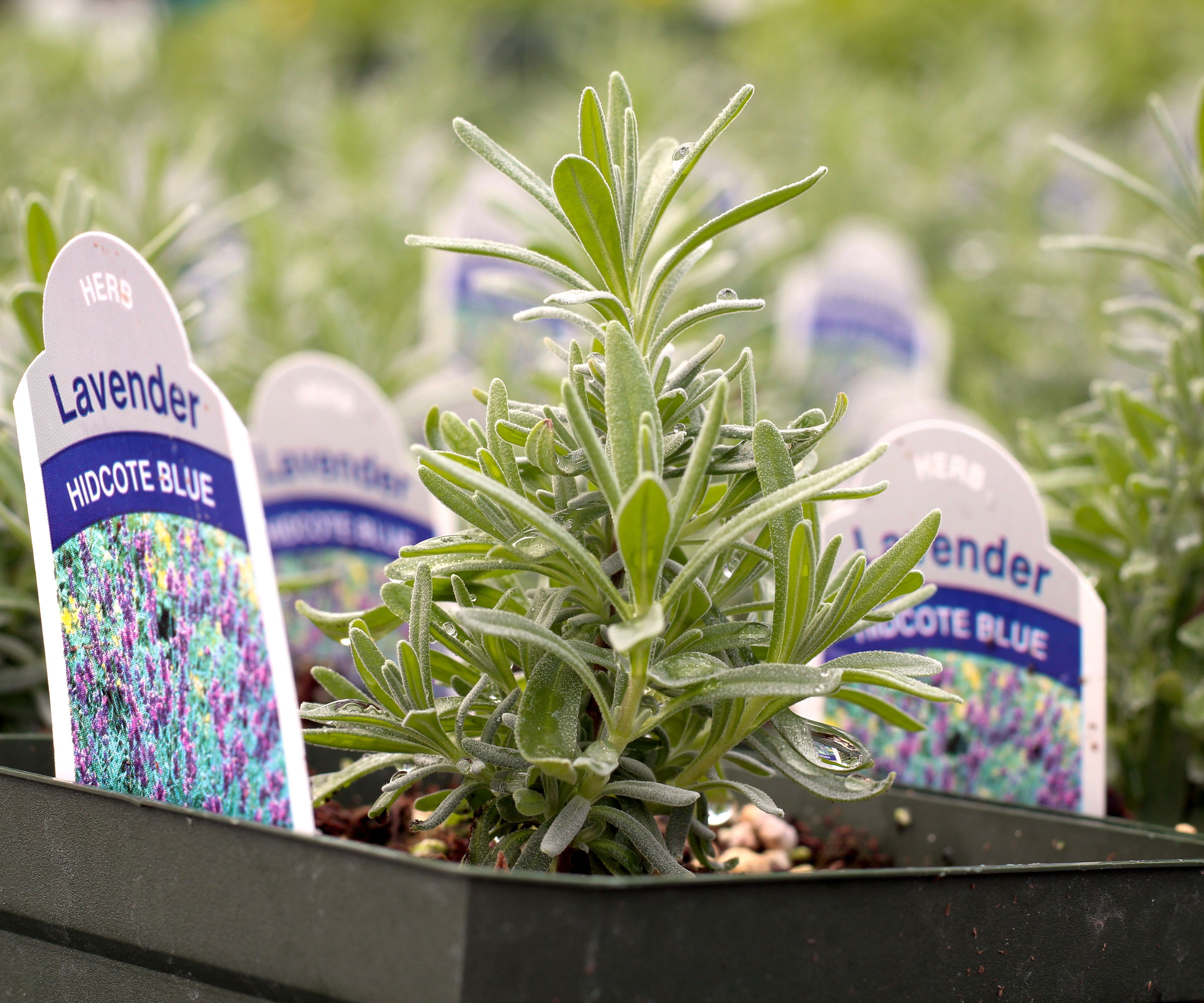
Purchasing plant plugs can give you access to a wider range and variety of plants. Certainly, there are some new and emerging cultivars and hybrids that might be tricky to find as seeds in your regional garden centers and suppliers. In certain areas, native plant plugs provide more options for growers keen to select specific breeds for pollinators or non-invasive plants. Vegetable and bedding plugs are most popular, as well as ornamental species and specialty trays. Drought-tolerant and shade-tolerant wildflower mixes are also gaining in popularity.
Plant plugs are a viable option for those who wish to invest in more expensive plant species, or to grow varieties that are exceptionally difficult to germinate or establish (like cauliflower or lavender, for example). Plugs also allow you to mix up your planting options, taking the pressure off having to grow all your favorite plants from scratch, and enabling a broader scope for containers and ground-based planting.
Sign up for the Gardening Know How newsletter today and receive a free copy of our e-book "How to Grow Delicious Tomatoes".
Frequently Asked Questions
Which plants work best when started as plugs?
Quick-flowering annual displays can benefit from being started as plugs. Also, plants that you wish to grow in hanging baskets can be grown efficiently from plugs, since they will have compact root systems and can quickly establish and bloom. Popular annual selections include calendula, pelargoniums, bacopa, lobelia and dianthus.
Good edible plants to start from plugs would be those where you are after a reliable head start to make the most of a strong season of growing. They are usually required if you have missed a sowing window, or if a certain crop needs a really long season to reach its peak. Excellent options include chillies, peppers, eggplants, and certain types of tomatoes.
Are there any disadvantages with growing plants from plugs?
Depending on the type of plant you wish to grow, you may find that handling plugs can increase the risk of root damage. Certain crops prefer to be disturbed as little as possible while establishing and maturing. Costs can also be an issue, as plugs versions of plants tend to be pricier than seed packet equivalents at the point of sale. Purchasing plug trays can be costly if you’re planting a large area. (That said, growers are likely to see a positive return on their investment).
More Planting and Growing Inspiration
- Worried about planting young crops and ornamentals outdoors? Avoid these key planting mistakes that will spoil seedlings and tenders so your plants have the best chance of flourishing.
- Do you know when to transplant, and when it’s best to wait? Our guide on the best transplanting times helps you identify the best times for perennials, trees and shrubs.
- Keen to perfect your kitchen garden this year? We explain when to plant a vegetable garden according to your USDA zone, with tips for growing indoors & out!
- If you are still interested in starting a few crops and ornamentals from seed, we’ve got you covered. Shop for starting trays and bio domes at the Gardening Know How Shop to kickstart your next seed-starting projects.
This article features products available from third party vendors on the Gardening Know How Shop.
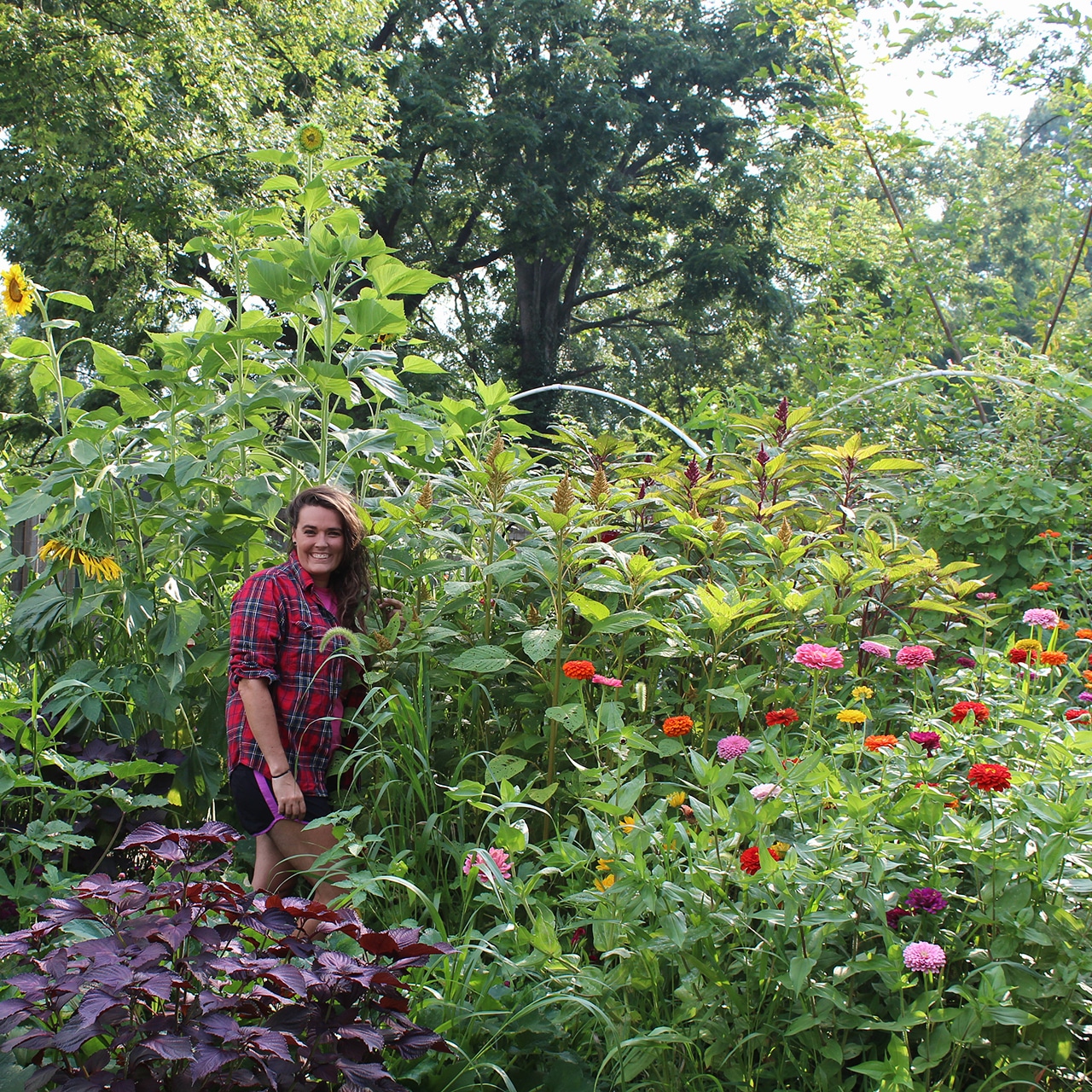
Tonya Barnett has been gardening for 13 years. Flowers are her passion. She has transformed her backyard into a cut flower garden, which she regularly chronicles on her YouTube channel http://www.youtube.com/@tonyawiththeflowers.
- Janey GouldingContent Editor
